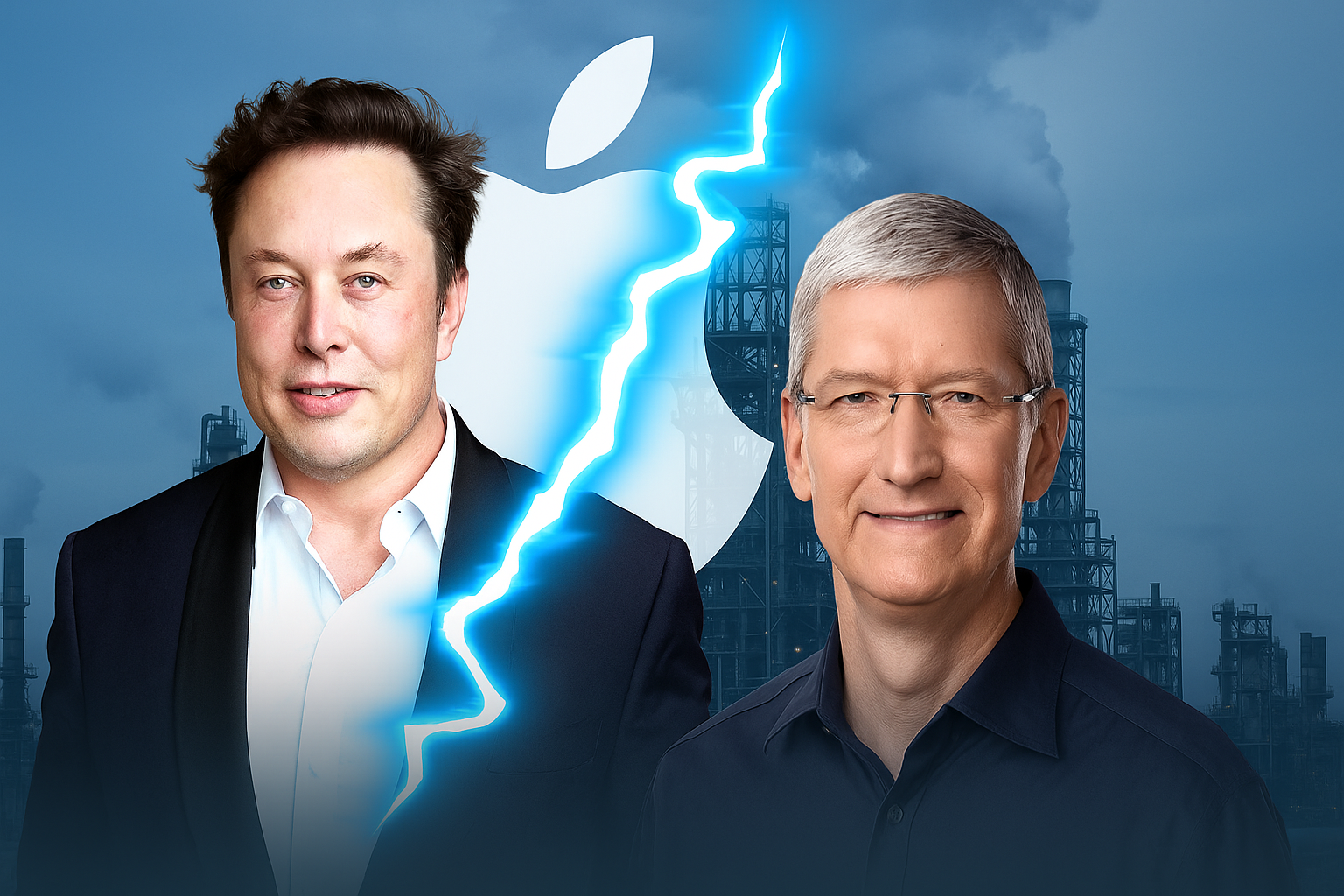Sure! Here’s a unique, SEO-friendly article based on the information about Elon Musk’s proposal to Apple, written in a style suitable for a WordPress blog:
Elon Musk’s $5 Billion Power Play: Why Apple Rejected SpaceX’s Satellite Deal
In the ever-evolving world of tech power struggles, few names draw as much attention as Elon Musk and Tim Cook. Recently, a high-stakes business proposition between Musk’s SpaceX and Apple surfaced, revealing a bold $5 billion offer—and an equally bold rejection. Here’s how it all unfolded and what it could mean for the future of satellite connectivity and mobile technology.
The Proposal: SpaceX’s Big Bet on Apple
According to reports, in 2022 Elon Musk offered Apple a $5 billion deal that would have made SpaceX the exclusive satellite service provider for iPhones. With SpaceX’s Starlink satellite network rapidly expanding, the deal would have created a direct line between iPhones and satellites—eliminating the need for traditional cell towers in many areas.
But there was a catch: Musk gave Apple just 72 hours to accept the offer.
Tim Cook’s Cold Shoulder
Apple CEO Tim Cook ultimately passed on the deal. While the idea of integrating satellite connectivity more deeply into iPhones was not new to Apple—features like Emergency SOS via satellite were already being explored—Cook wasn’t ready to commit to Musk’s aggressive timeline or terms.
The rejection reportedly led to internal friction at Apple. Some executives were reportedly in favor of the proposal, seeing it as a future-proof move to expand iPhone capabilities in underserved regions.
The Fallout: A Quiet Tech War?
Since the refusal, tensions between the two companies have quietly simmered. SpaceX has ramped up its own ambitions in satellite communication, and Apple has continued to develop its tech independently. The missed partnership might have delayed a broader rollout of satellite-enabled features for iPhones.
Musk, never one to back down, has also reportedly pushed back through regulatory channels, seeking to block or slow Apple’s satellite-related advancements—effectively turning the failed deal into a slow-burn tech rivalry.
What This Means for Consumers
While the boardroom drama might seem distant to everyday users, the implications are real. Had the deal gone through, iPhones might already be offering seamless global coverage via Starlink. Instead, both companies are now charting separate paths toward a future where smartphones can connect anywhere, anytime—no cell towers required.
Final Thoughts
This is more than just a missed business opportunity—it’s a reflection of how rapidly the tech landscape is changing. With satellite connectivity becoming the next frontier, we’re watching a game of high-stakes chess between two of the industry’s biggest players.
Stay tuned. This story is far from over.



